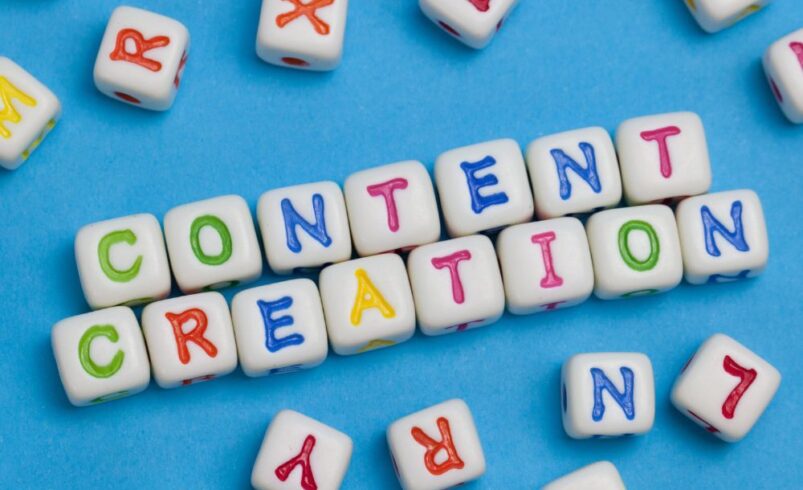
The biggest problem is that Facebook and Google are these giant feedback loops that give people what they want to hear. And when you use them in a world where your biases are being constantly confirmed, you become susceptible to fake news, propaganda, demagoguery.
– Franklin Foer, staff writer at The Atlantic and former editor of The New Republic
We started the article today by quoting Franklin Foer because of its accuracy. When social media and search engines give us the answers we seek, we are no longer looking for the truth but rather for our version of it. Social media is one powerful tool for misinformation and disinformation as fake news go viral in the matter of minutes. This not only creates uncertainty, fear and panic modes, but might also generate negative reactions and movements that affect communities, countries and sometimes the whole world.
Misinformation is more commonly spread across social media as whoever shares the news does not have a malicious intent: it could be a misunderstanding, miscommunication or unintentional sharing. But misinformation might arise from disinformation, the most dangerous version of sharing false information online as it is deliberate with the intention of deceiving and misleading people. As social media platforms have a lot of features that are attractive to the ones seeking connectivity and spaceless interactions, it became a breeding ground for the rapid sharing of untrue information.
For example, social media has the power to share information in the blink of an eye. The speed of taking data from point A to points B to Z is incredibly attractive to the ones who want to intentionally share false facts as viral content, disregarding its accuracy, still reaches millions in a minimal amount of time. This is built on the echo chambers of social media platforms as well, considering that the algorithms are designed in a way to show users posts, videos, reels and content that strengthens their beliefs and therefore, do not take in consideration the accuracy of the data.
However, and even if it seems manageable, the effect on people can range from a small emotional response to a worldwide movement. Misinformation often uses triggers such as fear, anger or anxiety to lock in the audience and enhance the reach. For example, and during the COVID-19 pandemic, social media conspiracy theories started popping out about what the disease is, whether it was natural or engineerally manufactured in a lab, to the stories of nano devices in the vaccine to control the brain. This led to anti-vax groups all over the world refusing to take the vaccine, posing a risk to the people around them. There is also the group of YouTube content creators who targeted black celebrities by sharing AI-generated misinformation including Sean “Diddy” Combs, who struggled with the numerous video titles and voiceovers spreading false stories about rape and sex trafficking. This led to a huge degrade of the rapper’s social image and affected his career on multiple levels.
Misinformation and disinformation have also proven to be challenges in terms of politics especially when it comes to political elections as they can have violent reactions outside of the social media world. A straight forward example would be the campaign of intimidation that is being led by the supporters of former U.S. President, Donald Trump, who were inspired by his false assertions of widespread fraud in the 2020 vote. They have made the lives of poll workers and ballot counters to county clerks and secretaries of state a terror with the online widespread threats.While elections and the FIFA World Cup both have different people rooting for different teams, the latter happens over a beer, while the other, if led by misinformation and disinformation, happens over a bloodshed on the streets.
However, the awareness on misinformation and disinformation can help fight the phenomenon. According to Ipsos – Unesco, and based on a study made in 16 countries, 68% of internet users think that social media is the place where disinformation is most widespread, far ahead of groups on online messaging apps (38%) and media websites/apps (20%). They also feel that disinformation is a real threat with 85% expressing concerns about the impact and influence of disinformation on their fellow citizens. They believe t the issues of disinformation must be addressed by both governments and regulatory bodies (88%) and social media platforms themselves (90%).
Social media, while having the power to play a positive role in societies and raising awareness on issues in minorities and communities, can also be the deadly weapon of misinformation and disinformation that may lead to catastrophes. Adapting the social media algorithms to specific rules and regulations against this phenomenon can lead to minimizing their effects on societies, since they are becoming more and more aware of its impact.
References
Microsoft’s Satya Nadella talks concerns over AI and 2024 election. (2024, January 30). [Video]. NBC News. https://www.nbcnews.com/tech/misinformation/ai-deepfake-fake-news-youtube-black-celebrities-rcna133368
Campaign of Fear. (2021). Reuters. https://www.reuters.com/investigates/section/campaign-of-fear/
Elections & Social Media: The battle against disinformation and trust issues. (2023). Ipsos-UNESCO. https://www.ipsos.com/en/elections-social-media-battle-against-disinformation-and-trust-issues
Rossini, P., Mont’Alverne, C., & Kalogeropoulos, A. (2023). Explaining beliefs in electoral misinformation in the 2022 Brazilian election: the role of ideology, political trust, social media, and messaging apps. Misinformation Review – Harvard Kennedy School. https://doi.org/10.37016/mr-2020-115






